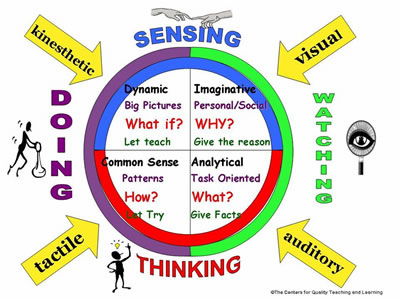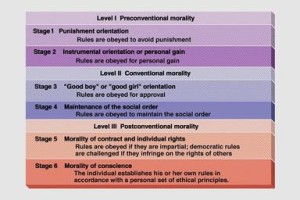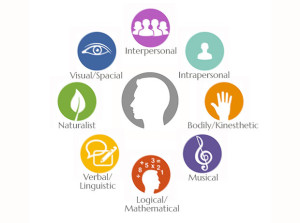On Wednesday, I was able to go to a new school and a new grade level. Erin Leckington, a 2nd grade teacher at Verde Valley Christian School, allowed me to observe her and her students. It was the hour before lunchtime called “workshop.” Some students were with Ms. Leckington in a small-group reading time and the others were doing a math worksheet and working in their language books. She went over all of the directions before setting the kids to work. Sometimes they read the directions together in different silly voices. When deciding who to pick to answer a question, she would draw craft sticks from a bucket or let a student choose another student. (I saw the latter technique used in Mrs. Yeager’s classroom too). Ms. Leckington also had assignments up on the board including page numbers and extra activities for those who finished quickly. Students were allowed to help their neighbors, but if it got too loud a few different disciplinary techniques were used. There was a dedicated place to turn in work, but if it didn’t get done during workshop, it got done at recess.
Before I get into her different techniques, I just want to record some of my other observations. Her students were seated at 3 tables with room for 4-6 students. Each table had a name that varies from week to week and were sometimes judged as a whole. Her small reading groups also had names. Before setting the kids to work, Ms. Leckington had the kids make a promise. She had obviously tried to instill in them the importance of making a promise and the kids did in fact keep their promises. I also noticed that there was water at the desks and kids would clap to count out syllables in words.
Around the room I saw a lot of different things. On the marker board was a list of all the kids’ names and a section titled “What the big idea?” with subjects listed underneath. She had a bulletin board with the daily schedule, monthly calendar, and the classroom code of conduct. There was a tray with the letters N, O, I, S, and E on it as well as other posters.
Now, when it came to switching between activities or calling for quiet, Ms. Leckington would count. She started with 5 going down to 0 and would start to count up again. For each number above 0 (she only got to 1), it’s a minute that the students owe her. It’s taken either out of lunch or recess but sometimes after school as well. I like this idea because (as long as it’s explained) it teaches kids that other people’s time is important. The table names were also on the board with tally marks next to them. A mark was given for exemplary behavior but taken away if the table was misbehaving. The student names were treated similarly but stars were good and checks were bad. If you had a B next to your name, you were in the bathroom but you owed Ms. Leckington two minutes. I like the use of stars and checks because even though you’ve done something bad enough to record, it’s a check and not an x. The NOISE tray was to judge noise level. If the kids got too loud, a letter was taken away (only the E while I was there). If the tray spells out “NO,” then there was no talking or helping. Lastly, she had a jar of what appeared to be M&Ms and gave out 1 or 2 for correct answers.
She has a lot of different ways to maintain classroom discipline but nothing about moral development. It seemed to be a classroom full of level 1 and 2 thinkers. They’re 2nd graders! I understand. To me there was an overuse of punishment/reward systems. I’m sure when I get my own classroom, I’ll need to find my own balance.

 Level 1: I don’t want to get in trouble.
Level 1: I don’t want to get in trouble.